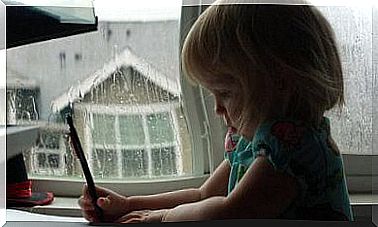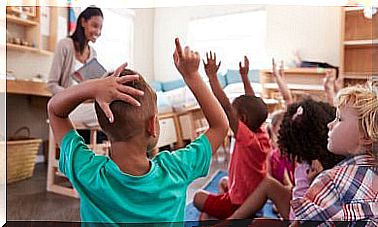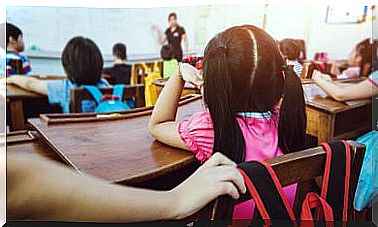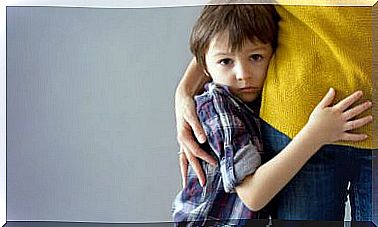6 Tricks To Teach Children To Multiply
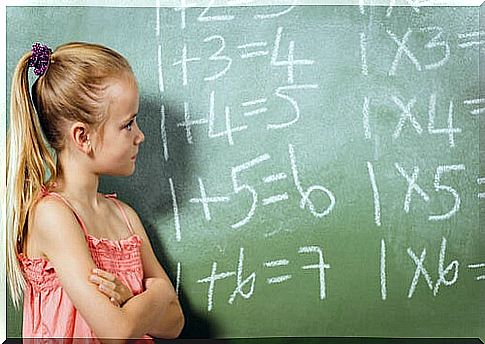
There are people who are very good at mathematics and who, even from a young age, have been able to perform operations without problems. However, this does not always happen: for some little ones it is a gigantic challenge. When it comes to teaching children to multiply, there are certain tips that can be very helpful.
After learning to add and subtract, children are ready to incorporate a new math skill: multiplication. This will be essential throughout your schooling and also for the rest of your life. However, learning it is not always easy. What can we do to help them?
Tips for teaching children to multiply
If you are willing to transmit this difficult procedure to a little one, here are some recommendations that can make everything easier for both of you:
1.- Explain the basis of multiplication
As in so many aspects of life, it is not enough to say what to do. It is much more effective to explain why you have to do it that way. So if children interpret multiplication as a shortcut to doing complex or successive additions — to cite one possible explanation — it might be a bit easier for them.
Also, this will motivate them to try to understand them. Children are passionate about learning, even if it doesn’t seem like that sometimes. Therefore, knowing more about such an important process in life will be very attractive to them.
2.- Do not start with the tables
If understanding what multiplication is about is difficult for you, the worst thing you can do is torment a little one with a table full of numbers. Rather, it begins with isolated operations.
Practice with the old and beloved multiplications 2 × 2, 2 × 3, 3 × 3, and then jump to broader relationships, such as tables. Tip: tell him to replace the “x” with the word “times.” In this way, you will understand that 2 × 2 is actually “twice two.”
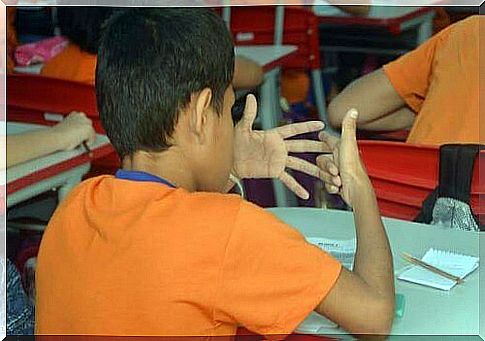
3.- Practice makes perfect
It is true that it sounds like a set phrase, but it is still true. If you want to be good at something, you have to practice it. In this case, multiplications are a clear example of this.
Many times the school environment is not the best for teaching children to multiply. Therefore, you should take time to practice at home every day if you intend for your child to learn this method.
4.- Use the multiplication tables
Russian or Pythagorean tables can be very useful to think about multiplication from another angle. With them, the commutative property of multiplication is fully evidenced: that is, 5 × 3 is equal to 3 × 5.
They consist of a table that has in the first row and in the first column the numbers to be multiplied and, at their intersection, the product of the operation.
At first glance it may seem extremely complex to understand. However, with patience and dedication, you can teach your child to correct their own exercises with the help of this instrument.
5.- Use memory
When it comes to learning the tables, it is very effective to think of them in an alternative way. What do we mean? Show him that in the table of 0 the result is always 0; that in the 1 the result is the same number that is multiplied; that of 2 is twice the number; that the number of 5 goes precisely from 5 to 5; and that the 10 implies adding a 0 to the multiplied number.
6.- Appeal to songs, games and stories
As a complement to the above, you can use these activities. There are very didactic songs online and also others that are passed down from generation to generation. Also, you can implement games; There are also them on the internet and even for mobiles and computers.
Finally, you can tell stories like the famous Robin Hood to explain the table of 9. It consists of this character stealing from the rich (the digit on the right) to give to the poor (the digit on the left) as advance the table.
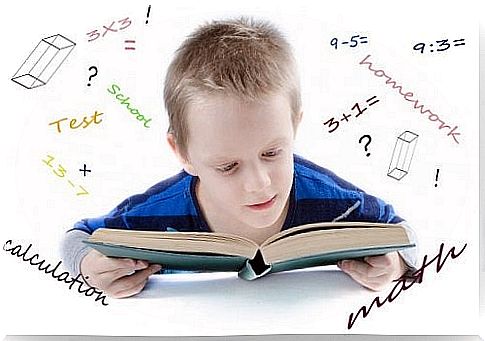
Other recommendations
Although they may seem obvious, it is necessary to emphasize that you must wait for the right moment to teach children of primary school age to multiply. If they are not ready, you will only get them frustrated or even develop a dislike for this matter.
On the other hand, and last, always try to teach with patience and affection. Do not lose your temper if things do not work out, much less undermine the child’s attempts. On the other hand, it is very positive that you congratulate him and value his progress. Thus, your confidence and enthusiasm will increase and learning will be more effective and enjoyable.





